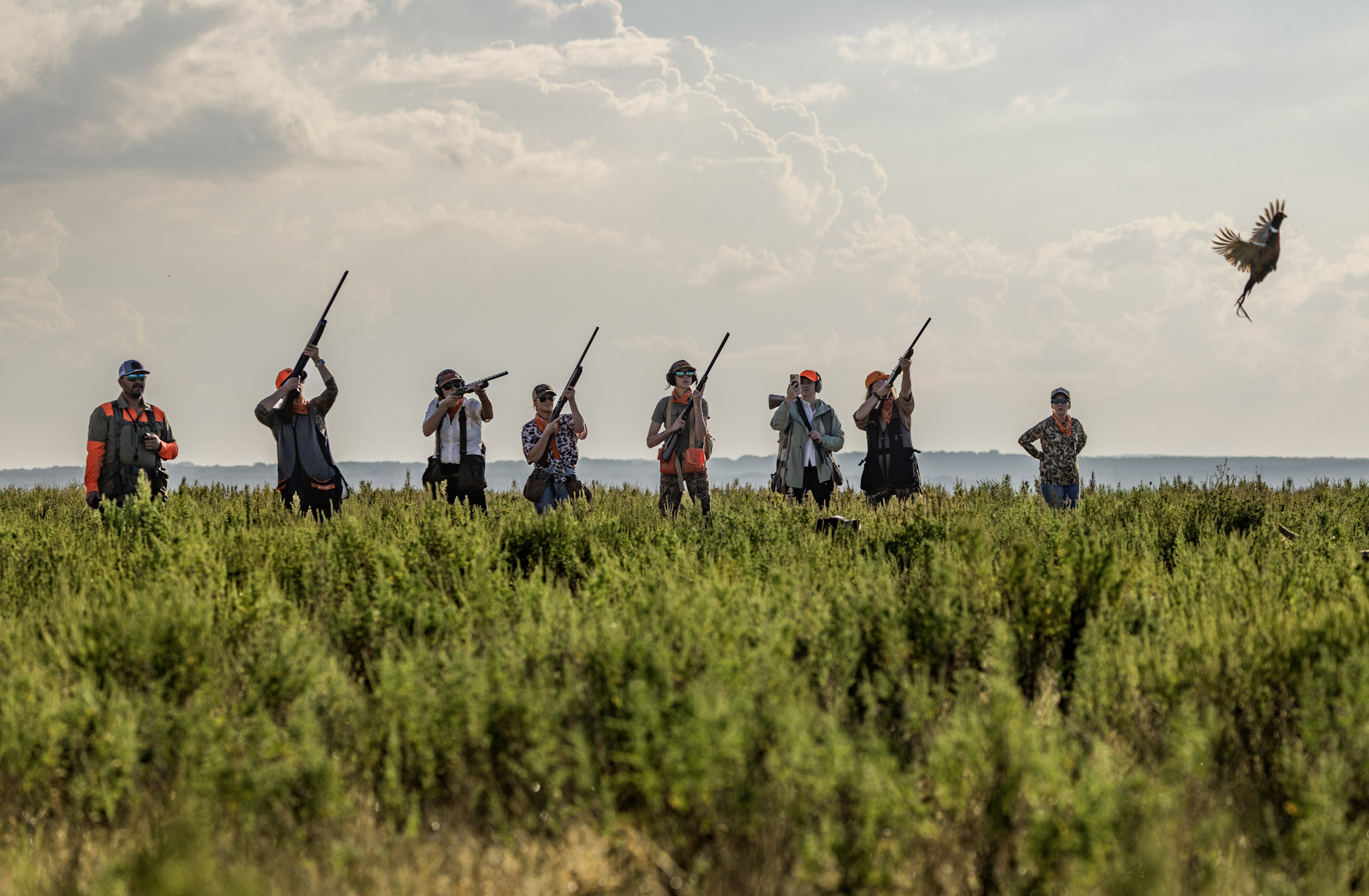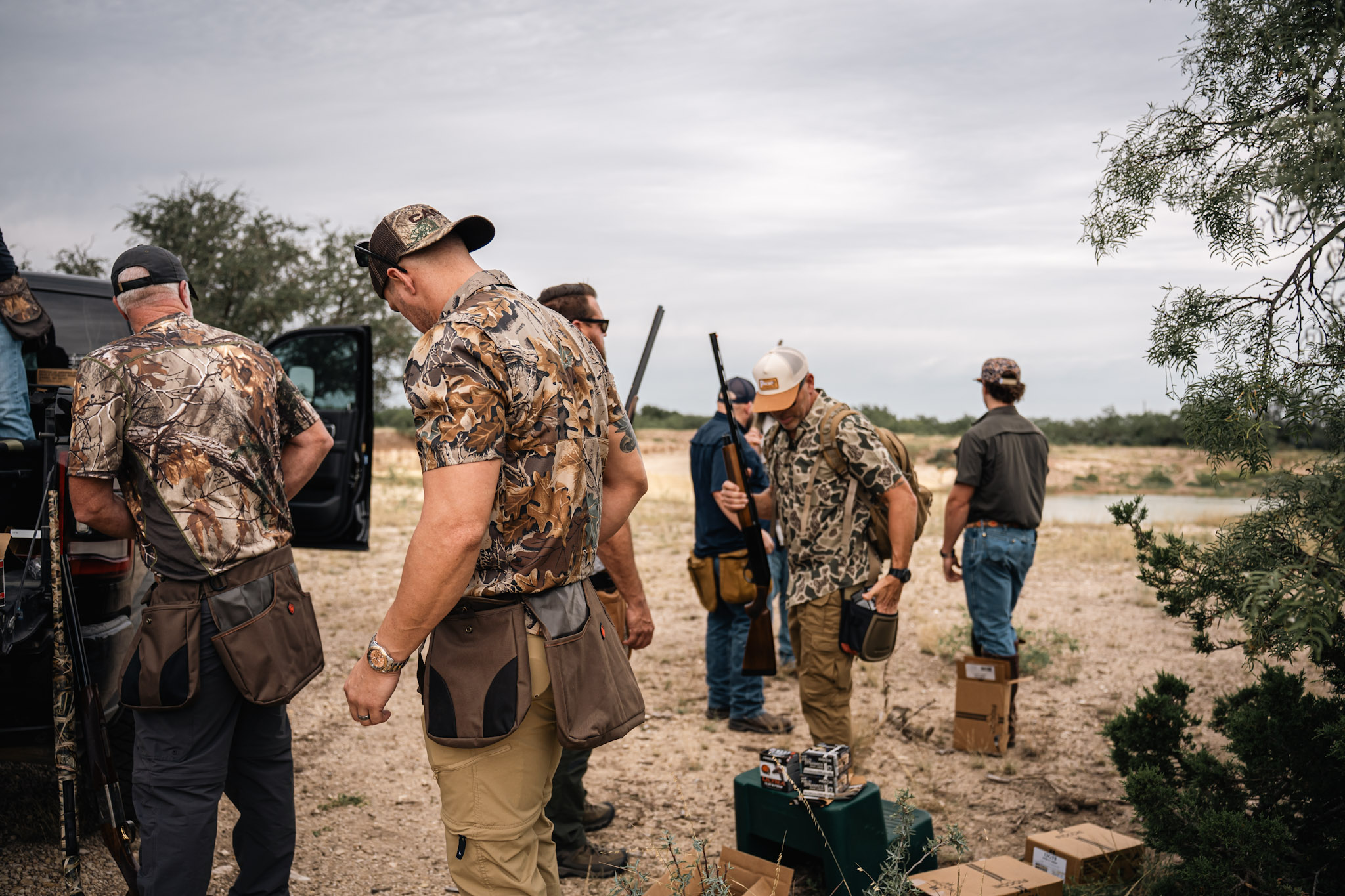
The Role of Farmers in Conservation: How Agriculture Supports Wildlife
Agriculture and conservation may seem like two distinct fields, but in reality, they are deeply interconnected. Responsible farming practices are crucial in preserving natural habitats, promoting biodiversity, and supporting wildlife populations. By adopting conservation-focused strategies, farmers can play a significant role in protecting the environment while still producing the food and resources that society relies on.
Here’s how agricultural practices help protect habitats and promote sustainable wildlife management:

1. Habitat Restoration and Preservation
Farmers often manage vast tracts of land, and their actions directly influence the surrounding ecosystems. By implementing practices that restore and preserve habitats, they can help provide refuge for wildlife and promote biodiversity. For example:
- Wetland Restoration: Farmers can restore wetlands on their land, which provides critical habitat for waterfowl, amphibians, and other species. These areas also offer natural filtration for water, improving water quality downstream.
- Buffer Zones: Planting native vegetation around rivers, streams, and fields can create buffers that reduce erosion, improve water quality, and provide shelter for wildlife. These areas often act as safe corridors for animals to move between habitats.
2. Crop Diversity and Rotational Farming
Farmers who prioritize biodiversity on their land can help create more resilient ecosystems. Crop diversity, achieved through rotational farming and intercropping, has several benefits:
- Increased Wildlife Habitat: Different crops attract different species, enriching the overall biodiversity of the land. For example, fields with a variety of crops, including wildflowers, legumes, and grasses, provide food and shelter for a range of insects, birds, and mammals.
- Reduced Pesticide Use: By rotating crops, farmers can reduce the need for pesticides, which can be harmful to wildlife and pollinators. Sustainable pest management practices, such as using natural predators, can further minimize the impact of agriculture on the environment.
3. Soil Health and Conservation Tillage
Soil is the foundation of agriculture, and healthy soils are essential for both crop production and wildlife conservation. Practices like conservation tillage—where minimal soil disturbance is used—help preserve soil integrity and contribute to healthier ecosystems. The benefits include:
- Improved Water Retention: Conservation tillage can prevent soil erosion, allowing more water to be absorbed by the land. This is vital for maintaining wetland areas and reducing the risk of flooding.
- Carbon Sequestration: Healthy soils act as carbon sinks, absorbing CO2 from the atmosphere. This helps mitigate climate change, which in turn supports wildlife habitats that are vulnerable to shifting weather patterns.
- Increased Soil Biodiversity: Reduced tillage and the use of cover crops increase soil biodiversity by providing a habitat for earthworms, insects, and microorganisms. These creatures are vital for maintaining healthy ecosystems.
4. Livestock Grazing and Grassland Management
Properly managed livestock grazing can also have a positive effect on wildlife and habitat conservation. Grazing can help maintain healthy grasslands, wetlands, and forests, which provide homes for many species of wildlife.
- Grazing to Prevent Invasive Species: Controlled grazing by livestock can help prevent the spread of invasive plant species that crowd out native plants and reduce biodiversity. By grazing in specific areas at the right time, farmers can maintain the balance of native vegetation.
- Improved Grassland Health: Managed grazing systems can improve the health of grasslands, encouraging the growth of nutritious forage for wildlife and livestock alike. These lands provide food and shelter for small mammals, birds, and insects.
5. Supporting Conservation Programs and Collaborations
Many farmers are involved in conservation programs that incentivize them to adopt sustainable practices. These initiatives are designed to promote environmental stewardship while maintaining farm profitability:
- Conservation Easements: Farmers can place their land under a conservation easement, which permanently protects it from development while allowing agricultural use. This ensures that the land remains a safe habitat for wildlife for generations to come.
- Agroforestry: By integrating trees and shrubs into their farms, farmers can provide wildlife habitat, improve soil health, and increase biodiversity.
- Cost-Share Programs: Government and nonprofit programs can offer financial support to farmers who engage in conservation practices like wetland restoration, riparian buffer zones, and wildlife habitat restoration.
6. How Farmers Can Support Sustainable Hunting and Fishing
Farmers also play a key role in sustaining hunting and fishing activities by maintaining habitats for game species and promoting healthy waterways. Sustainable farming practices can provide areas for wildlife to flourish, ensuring that hunters and anglers have access to prime, productive land. For example:
- Maintaining Healthy Riparian Zones: Farmers can preserve the riparian zones along rivers and streams, which provide habitat for fish, waterfowl, and other species critical to hunting and fishing.
- Ensuring Healthy Watersheds: By preventing soil erosion and maintaining wetlands, farmers can help preserve healthy watersheds, ensuring clean water for fishing and healthy habitats for wildlife.
Final Thoughts
Farmers are much more than food producers; they are also stewards of the land who can significantly contribute to conservation efforts. Through responsible farming practices, they can protect habitats, promote biodiversity, and ensure sustainable hunting and fishing opportunities. By working in harmony with nature, farmers help create a more sustainable future for both agriculture and wildlife conservation.
Landowners, farmers, and conservationists who embrace these practices can help ensure that hunting and fishing enthusiasts continue to enjoy healthy ecosystems and abundant wildlife for generations to come.
Read More...

When it comes to private land hunting in Texas and beyond, access is a privilege—not a right. More hunters are realizing that private property hunts offer the best game quality, land management, and experience available. But as access grows, so does the need for responsible hunting etiquette.Whether you’re heading out on a BirdDog-arranged lease or invited by a private landowner, how you behave in the field can determine whether you’ll be invited back—or not.

When fall arrives on the Texas coast, everything changes—cooler temperatures, cleaner tides, lower fishing pressure, and a massive push of baitfish flooding the bays. For saltwater anglers, it’s one of the most productive seasons of the year. Whether you're wading shallow flats, drifting open bays, or booking a guided trip through BirdDog, fall fishing in Texas is as good as it gets.Below are the top inshore saltwater species to target this fall and the gear, tactics, and locations that consistently produce.

When it comes to planning your next hunting season, one of the first big decisions is whether to pursue a hunting lease or book a guided hunt. Both offer incredible opportunities, but the right choice depends on your goals, experience, and budget. At BirdDog, we help hunters and landowners connect to ensure every trip—whether self-guided or fully outfitted—delivers maximum value.



